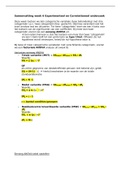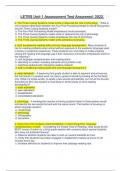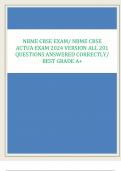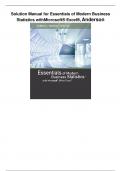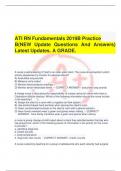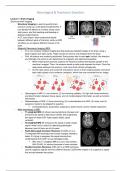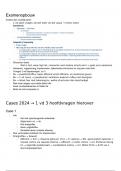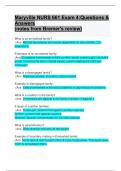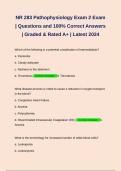Exam (elaborations)
Test Bank for Nursing Informatics for the Advanced Practice Nurse 3rd Edition McBride Tietze
- Module
- Institution
- Book
Test Bank for Nursing Informatics for the Advanced Practice Nurse 3rd Edition McBride Tietze Chapter 1. Introduction to Health Information Technology in a Policy and Regulatory Environment Chapter 1 After teaching a class about informatics, the instructor determines that the teaching was successf...
[Show more]




